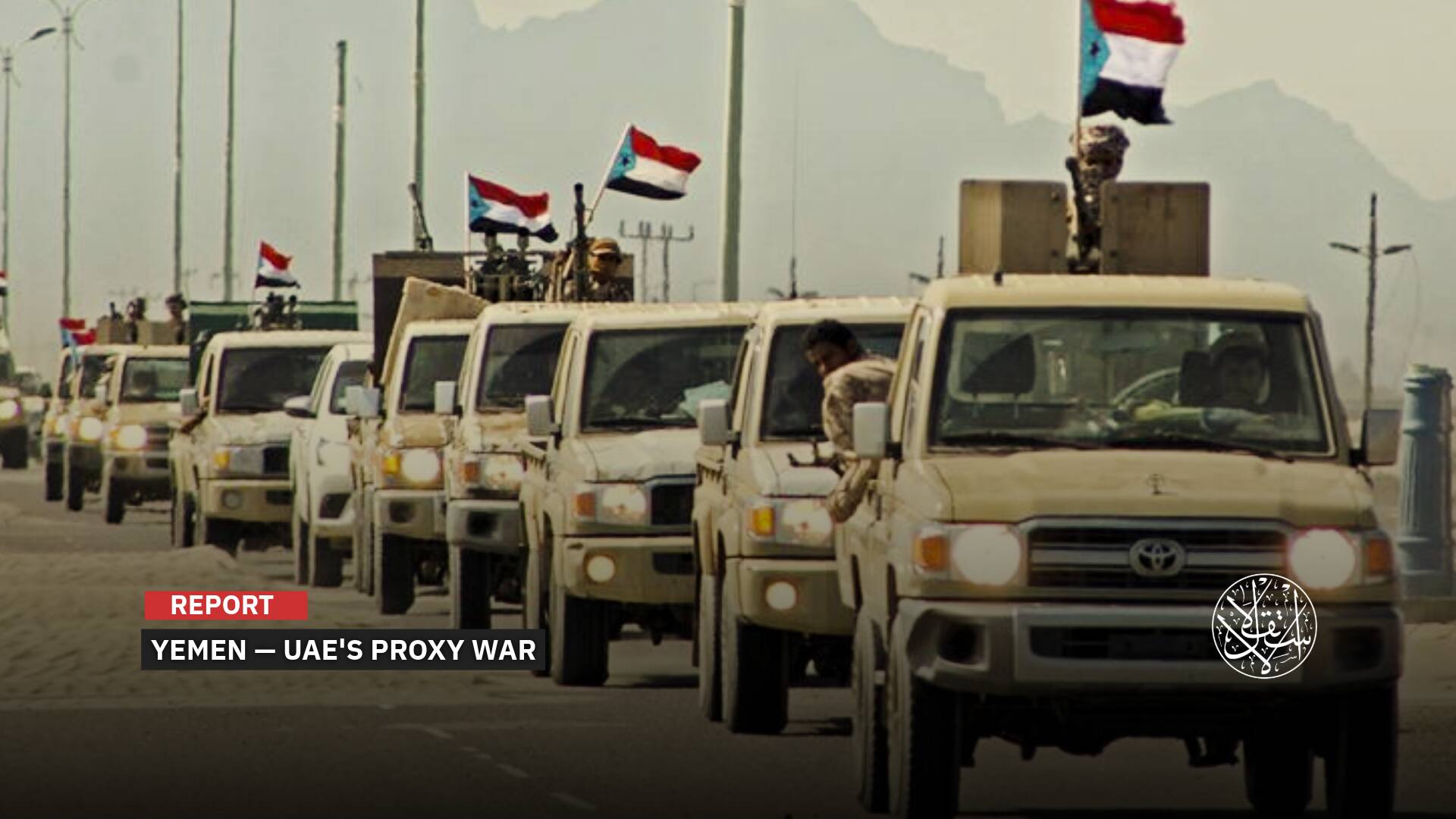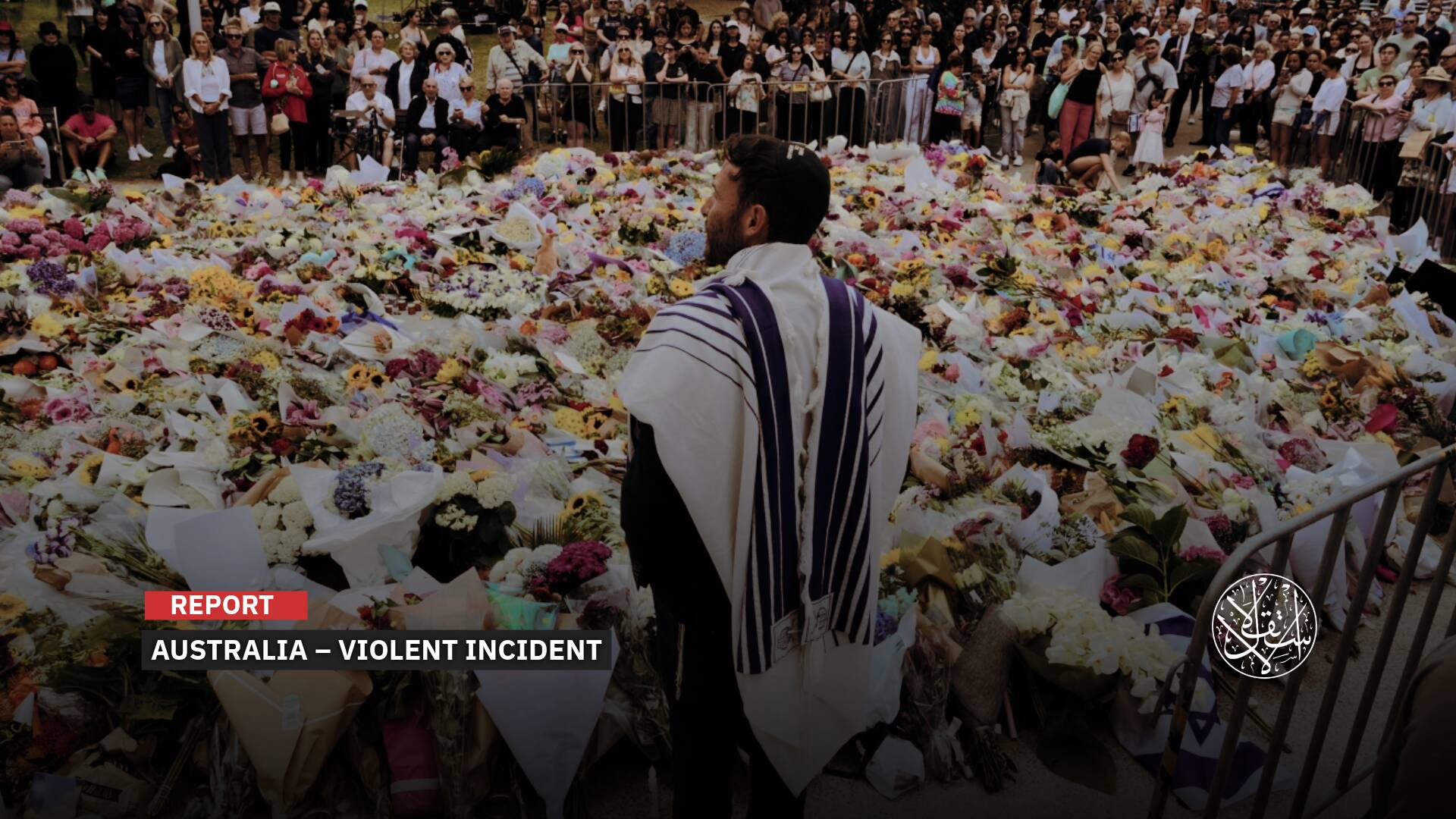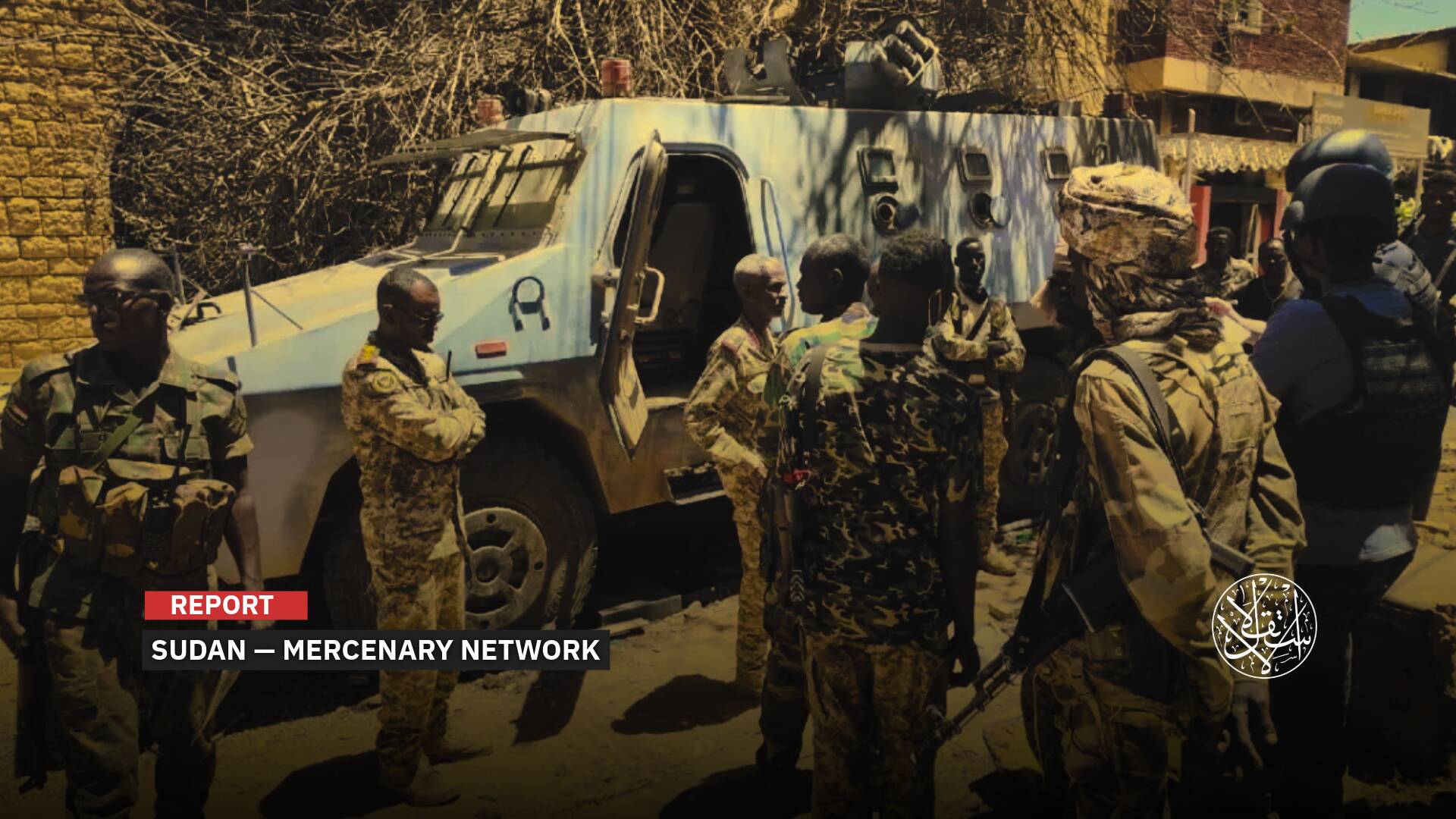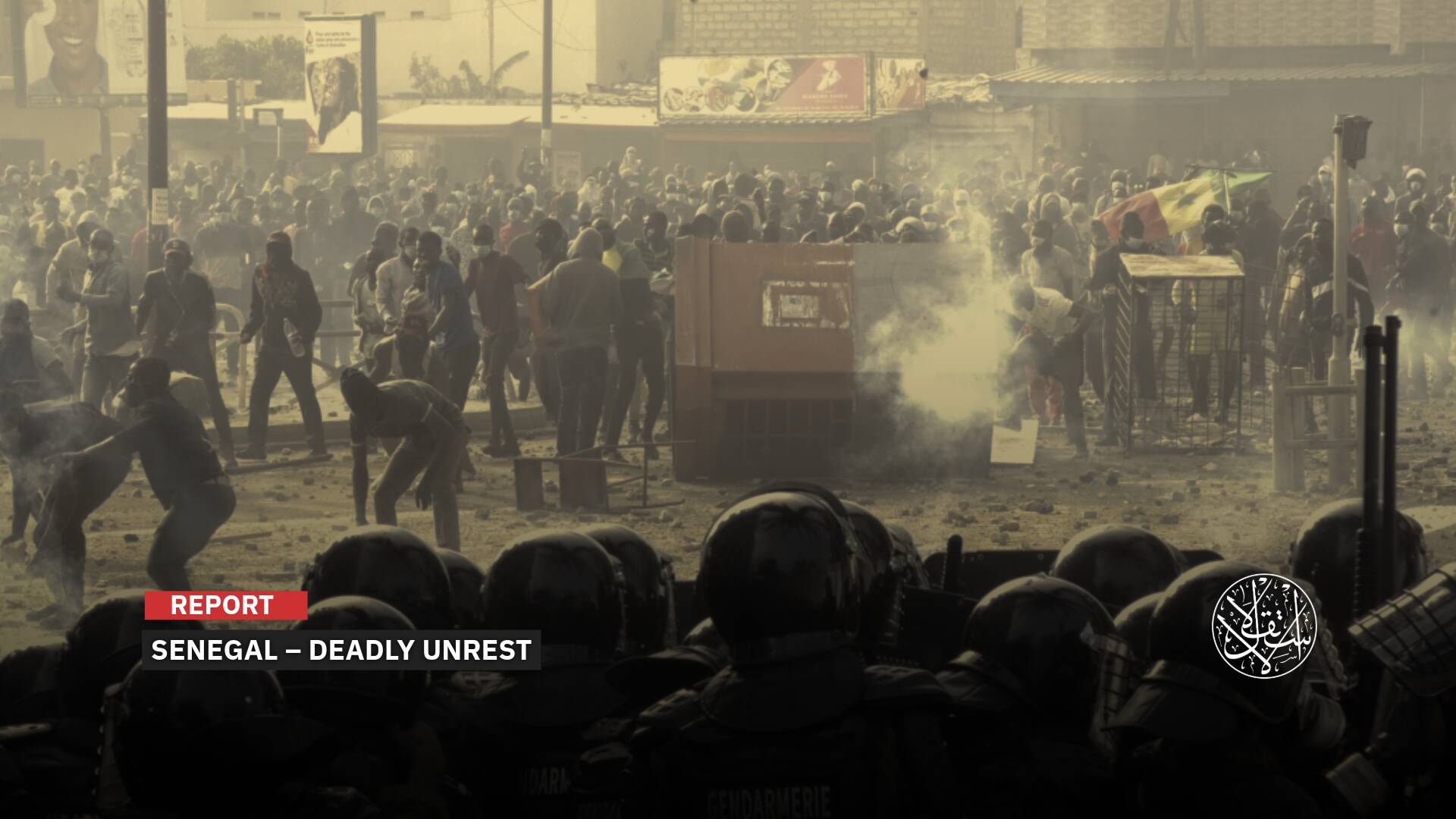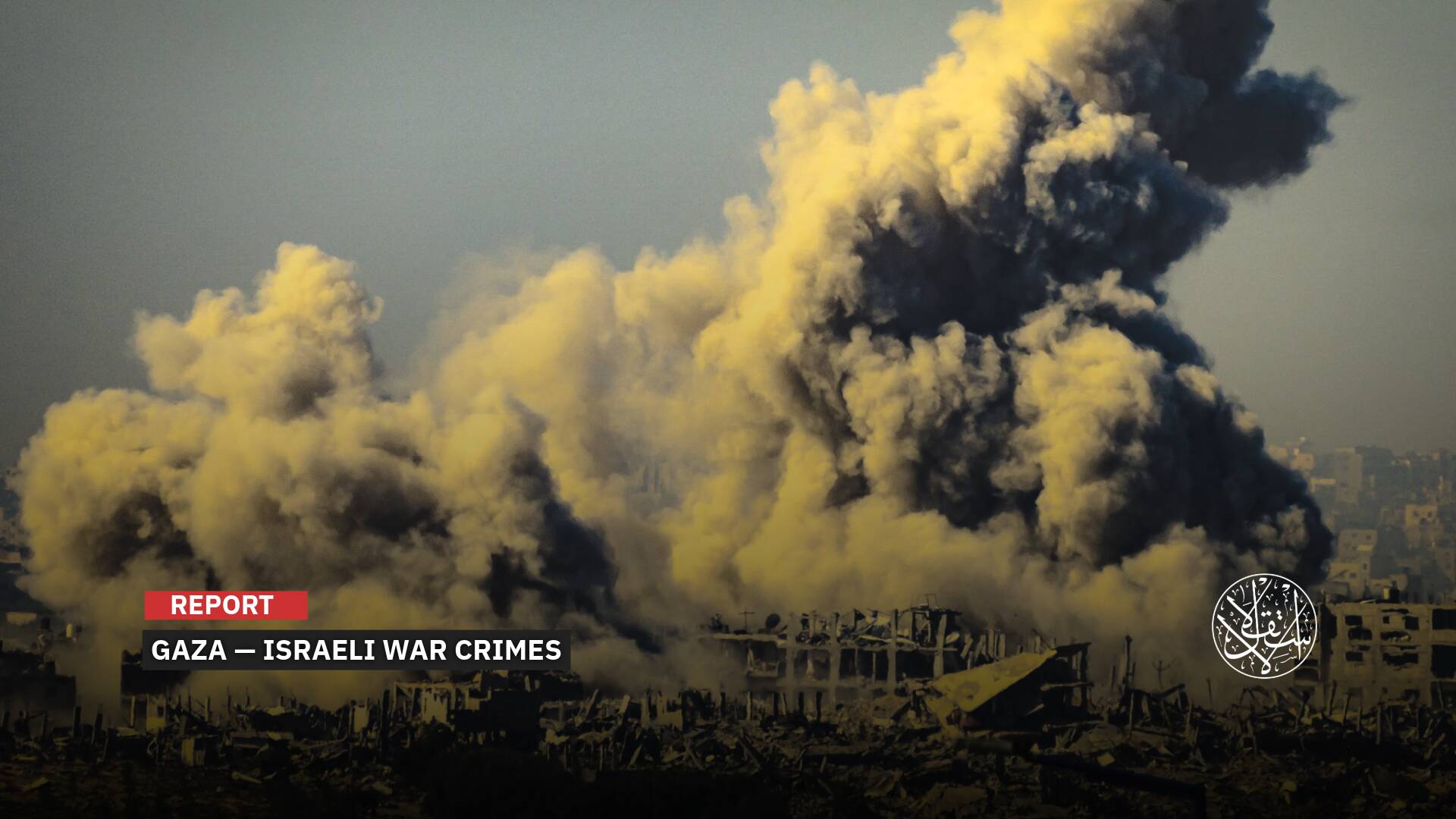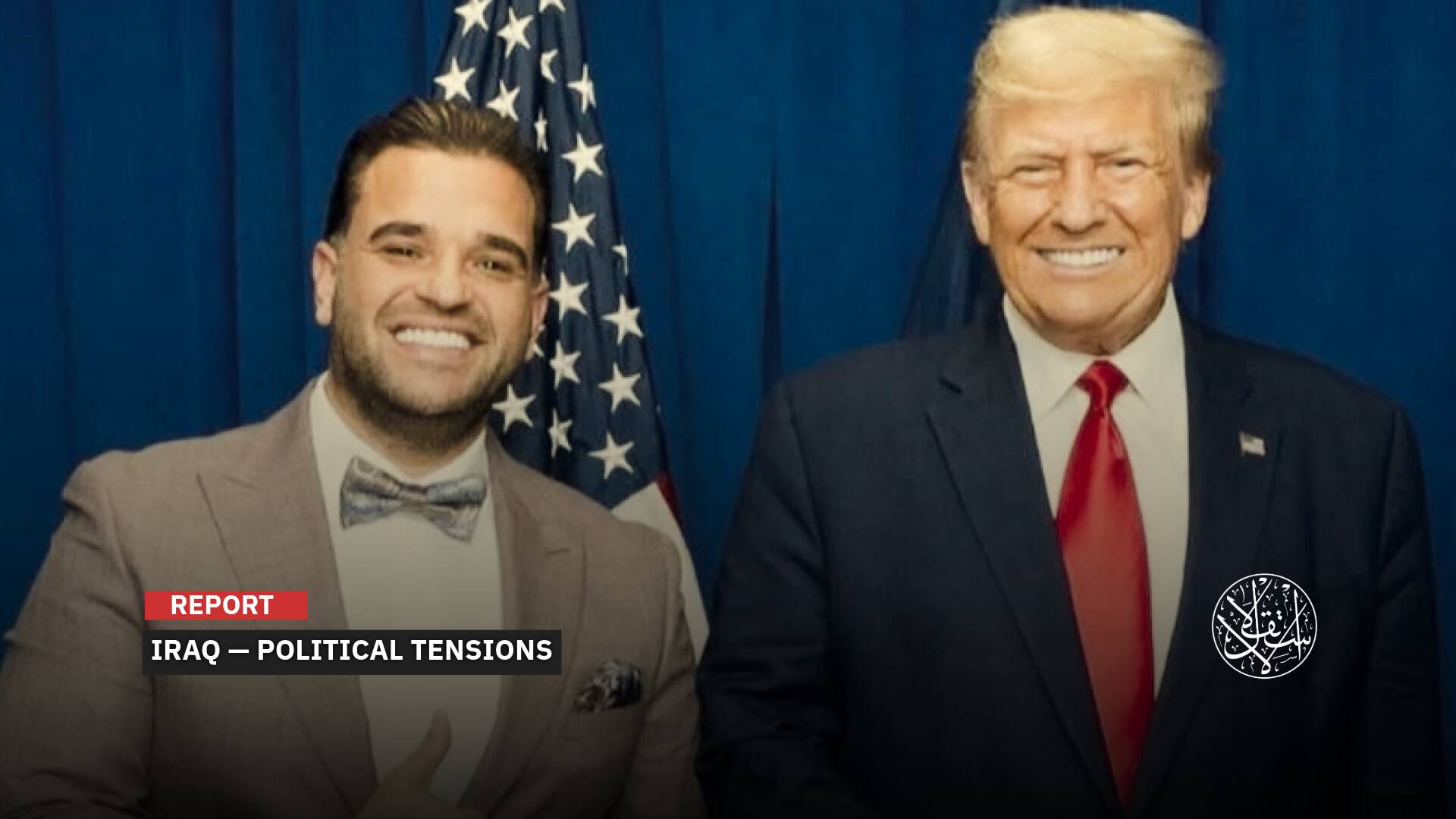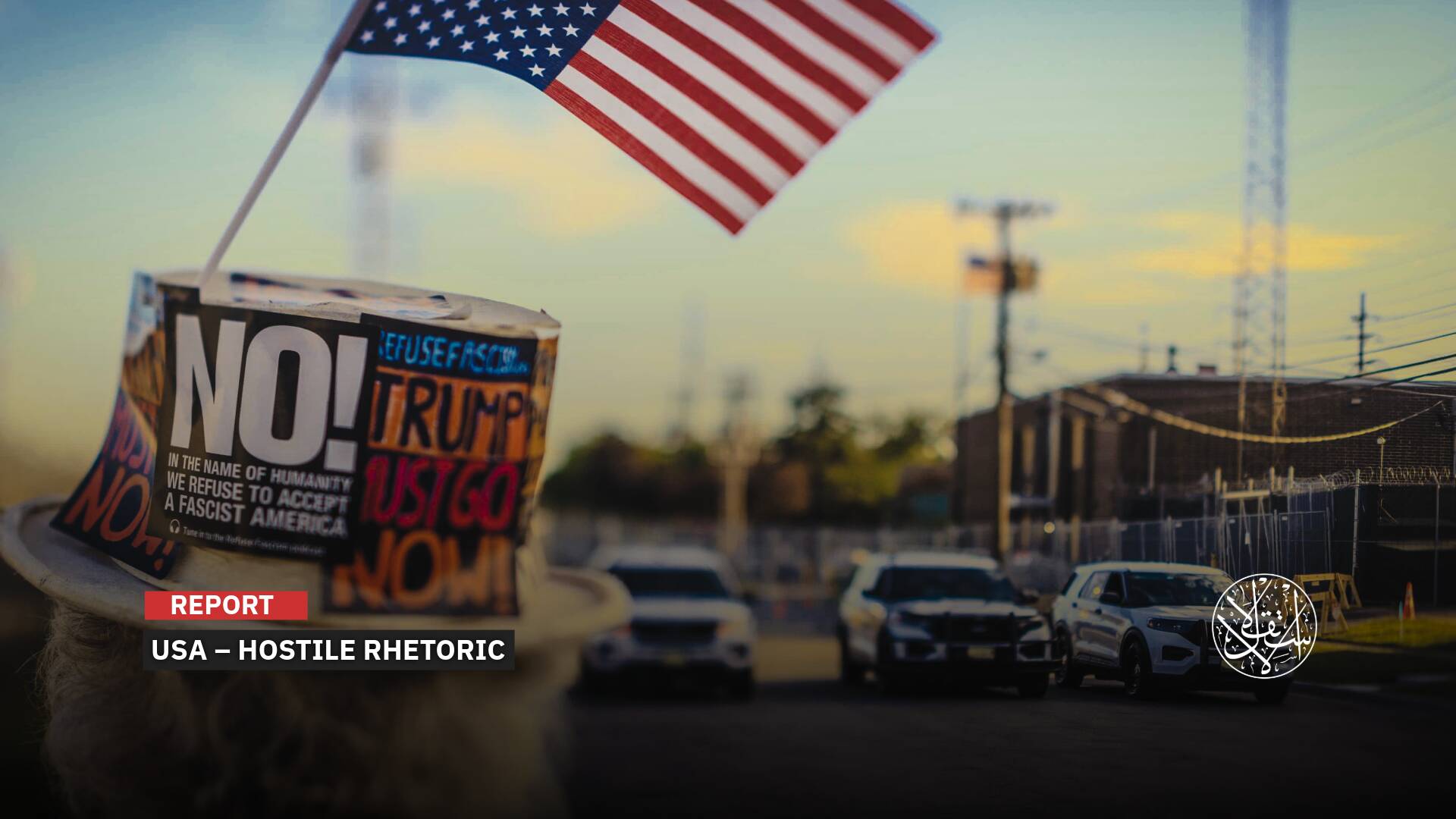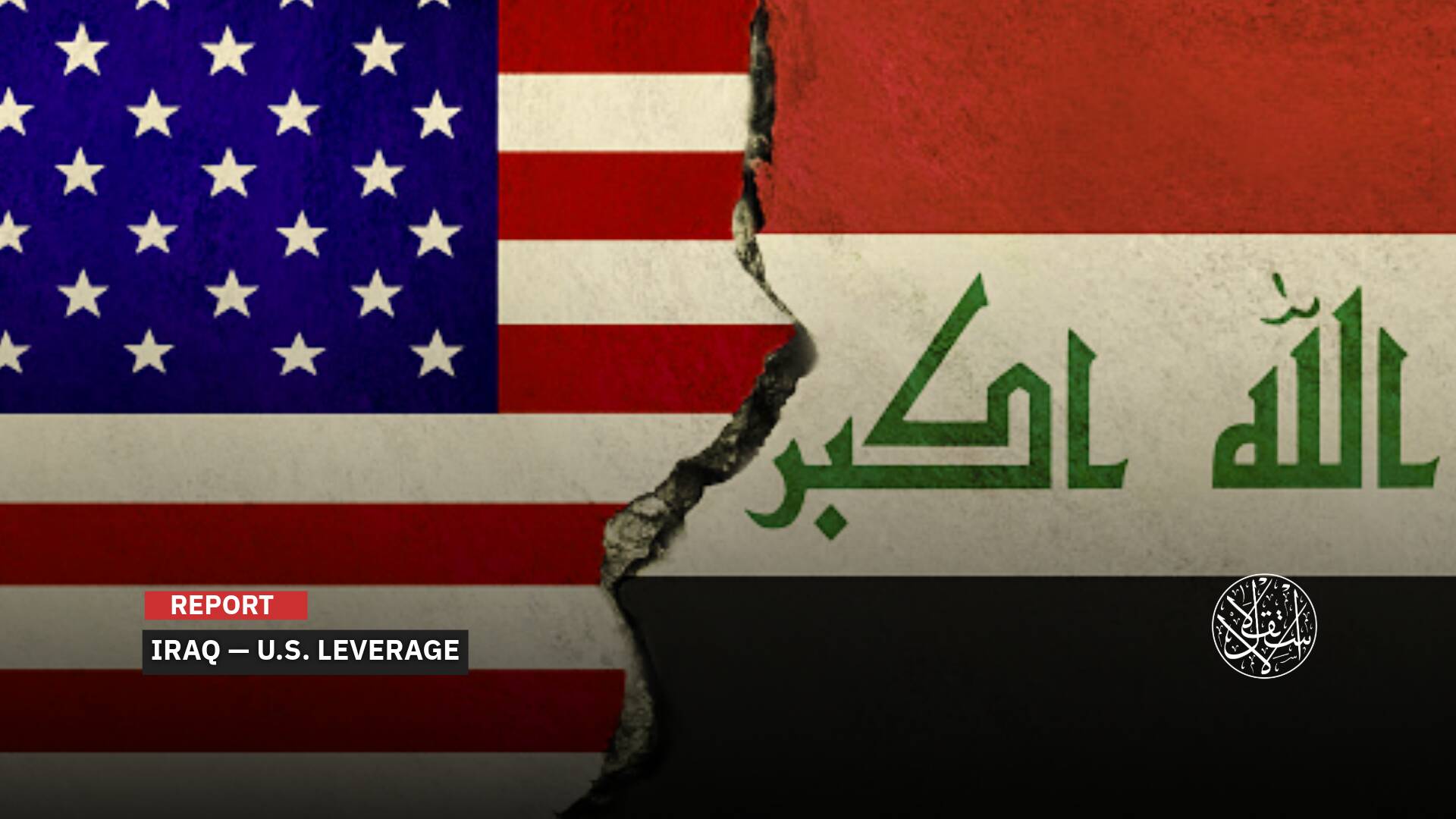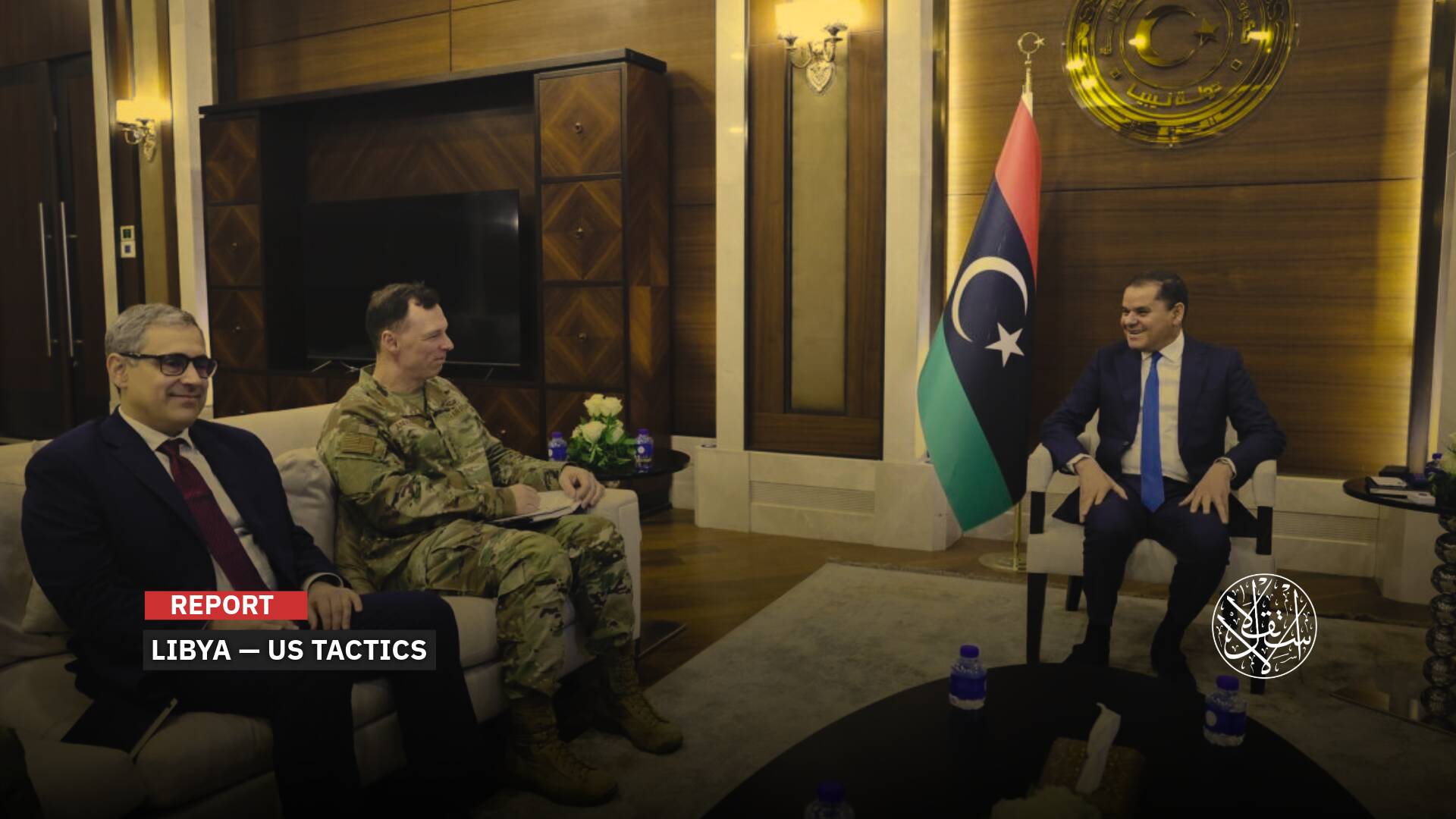Putin’s Three Options: Why Has Russia Held Back After Ukraine’s ‘Trojan Horse’ Attack?

Speculation on Russia’s response to the Ukrainian attack has centered on three options.
Speculation has mounted over how Russia might respond to Operation Spider Web, a bold Ukrainian attack on Russian airbases carried out in recent days, which reportedly targeted 34% of Moscow’s fleet of nuclear-capable bombers stationed as far afield as Siberia.
Ukraine also launched a separate attack on the Kerch Bridge—the only direct link between Russia and the annexed Crimean Peninsula—using 1,100 kilograms of explosives planted underwater.
According to think tanks and international media outlets, speculation over Russia’s potential retaliation has coalesced around three possible scenarios.
The first possible course of action—still awaited—centers on significant decisions by President Putin, which may include a limited nuclear strike deep within Kyiv or one of Ukraine’s smaller cities, echoing the devastation of Hiroshima and Nagasaki.
There is also the threat of targeting Europe should NATO enter the conflict against Russia.
“The United States believes that Russian President Vladimir Putin's threatened retaliation against Ukraine over its drone attack last weekend has not happened yet in earnest and is likely to be a significant, multi-pronged strike,” U.S. officials told Reuters.
The second potential option involves orchestrating an assassination attempt on Ukrainian President Volodymyr Zelensky, or launching a more devastating assault using heavier weaponry aimed at the destruction of Kyiv, the nation’s capital.
The third option, which appears to be the path Putin is currently pursuing, involves continuing conventional strikes but with greater intensity and destruction, as seen in the June 5 attack involving nearly 5,000 missiles and drones—while reserving the right to unleash a “major decisive strike” in response to Operation Spider Web.
On June 9, Russian analyst Kateryna Stepanenko, from the Washington-based Institute for the Study of War, told CNN that Putin faces several constraints in determining Russia’s response.
According to Stepanenko, the first constraint lies in the fact that launching a broad, innovative, and decisive response to Operation Spider Web would be tantamount to admitting that Ukraine has dealt a significant blow to Russia—an impression the Kremlin is keen to avoid.
Russian officials have notably refrained from issuing any public acknowledgment of the attack.
“Russia will respond to Kiev's attacks on its airfields when and how the military deems appropriate,” Kremlin spokesman Dmitry Peskov told the media.
The second constraint, Stepanenko explained, concerns the scale of Russia’s material losses, weighed down by the costly war industry, the protracted conflict, and the heavy price Moscow pays for its missiles, tanks, and aircraft.
The Russian analyst said this is part of a calculated strategy, with “Putin trying to conceal this failure and avoid a strong, qualitative response because that would contradict the Kremlin’s strategic goal of hiding everything”—essentially downplaying the significance of the Ukrainian strike.
Western and Russian assessments suggest that Putin may still be weighing an appropriate response and could abandon the idea of a nuclear strike for several reasons, including avoiding the mobilization of the U.S., Europe, and the wider world against any nuclear attack, as well as preventing the outbreak of a global war.
At the same time, he aims to retain leverage and keep the initiative in escalating pressure against Ukraine and the West.
However, these Western assessments also stress that alongside intensifying attacks and advancing to capture more Ukrainian cities, Putin is preparing a qualitative military or intelligence operation designed to restore Russia’s standing and rebalance the scales after Ukraine’s Operation Spider Web.

A Shift in the Balance of Power
Russia has long sought to assert its dominance and project power over NATO countries, yet it has failed to fully control Ukraine—a nation outside the alliance that continues to resist Russian occupation.
Operation Spider Web exposed the vulnerabilities in Russia’s defensive network and its ease of penetration, marking a serious shift in the balance of power between Moscow and Kyiv.
Ukrainian forces managed to smuggle numerous trucks and containers concealing 147 drones equipped with explosive payloads—an extraordinary security breach for a major world power.
When the moment came to launch the intelligence operation, the drones—remotely controlled from a distance of just 4,700 kilometres—struck four Russian airbases: Belaya, Dyagilevo, Ivanovo Severny, and Olenya.
During the operation, Kyiv destroyed more than 40 Russian military aircraft, including strategic bombers such as the Tu-95 and Tu-22M, as well as the A-50 early warning aircraft, a crucial component of Russia’s missile attacks on Ukrainian cities, according to a statement from the Ukrainian Security Service (SBU).
The drone attack on Russia’s forces in Ukraine was described as a “Trojan horse” by CNN on June 9, 2025.
For more than three years, Russia had used its bomber fleet to rain hellfire on Ukraine—but in early June 2025, Kyiv struck back by targeting those very bombers.
These developments signal a significant shift in the balance of power between Russia and Ukraine, with the former relying on its superiority in conventional weapons and manned aircraft.
However, Ukraine has demonstrated an increasing ability to carry out precise, deep strikes within Russian territory using modern technology and inexpensive drones.
“In an attempt to influence the Kremlin’s calculus. Ukraine has carried out high-profile assassinations in Russian cities, wreaked havoc on Russian oil production facilities, taken a sizable swath of Russian territory along the border, ravaged the Russian navy in the Black Sea, damaged the bridge connecting Russia to occupied Crimea and exploded drones over Moscow,” The New York Times reported.
The newspaper added that Kyiv’s strike on Russia’s bomber fleet was intended to demonstrate—and warn—Putin that the ongoing war carries significant risks for Moscow.

Why has Russia Delayed its Response?
Russia’s response so far to Ukraine’s extraordinary operation has raised questions about Putin’s capacity to escalate the war and deliver the revenge demanded by many of his supporters.
This has left Ukrainians wondering whether they have truly felt the repercussions of Russia’s response—or if the worst is yet to come.
Expectations now revolve around the idea that Ukraine’s attacks will force Russia to reassess its defensive strategy, particularly given the successful strikes on its deep military bases and their exposure to the U.S. and the West.
The precise Ukrainian attack may compel the Russian bear to mend this serious breach in the balance of power in the future, but doing so will likely require more aggressive military measures—and possibly the use of unconventional weapons.
NATO circles anticipate that such developments could prompt Russian intervention against alliance member states.
On June 9, 2025, NATO Secretary General Mark Rutte stated, “History has taught us that to preserve peace, we must prepare for war.”
“Vladimir Vladimirovich Putin is clearly expansionistic. What he has done with Ukraine is really staggering. The amount of death on both sides, also on the Russian side, by the way, is amazing,” Rutte said.
“In terms of ammunition, Russia produces in three months what the whole of NATO produces in a year.”
An assessment published by Eurasian Times on June 6, 2025, suggests that Russia’s cautious and delayed heavy response—limited so far to conventional strikes—has several explanations.
Among them is that Ukraine’s attack caused limited losses, which may not justify an escalatory retaliation given the relatively minor damage to Russia’s strategic assets.
The Kremlin is believed to be seeking to exploit Ukraine’s attack and breaches as leverage against the United States, aiming to rein in Kyiv in a way that serves Moscow’s interests more through restraint than retaliation.
The Eurasian Times also suggested the possibility of quiet diplomacy playing a role, noting that “the recent phone call between Presidents Trump and Putin may have influenced the response. It’s possible that Putin received assurances Ukraine would not target strategic Russian assets again.”
“There’s also a chance that Russia’s June 6 strike was a feint—a maskirovka. Perhaps it only addressed the railway attacks and not the airbase strikes. A more pointed retaliation may still be in the offing.”
“Despite its ambitious scope, the operation achieved only moderate success. Of the roughly 40 aircraft targeted, only about 8 were actually destroyed.”
“Most of the aircraft hit turned out to be “Christmas Tree” decoys—non-functional airframes without engines, fluids, or combat value,” as reported by The Eurasian Times.

Is a Nuclear Strike Possible?
Russia’s current nuclear doctrine states that Moscow may use nuclear weapons in response to a nuclear attack, or if it faces a conventional attack from a non-nuclear state that poses an existential threat—scenarios currently unfolding with the occupation of Kursk and strikes deep within Russian territory.
However, the doctrine, outlined in Presidential Decree No. 355 issued on June 2, 2020, and updated in November 2024, remains ambiguous, listing an extremely broad range of justifications for the use of nuclear arms.
This ambiguity in the wording suggests that Russia reserves the right to escalate to nuclear use under almost any critical circumstance on the battlefield, according to experts.
Following Ukraine’s Spider Web strike, the majority of Western assessments concluded that the time might be ripe for Russia to decide the war with a nuclear bomb against Ukraine, raising the pressing question: will Russia respond with a nuclear strike?
Oleksii Izhak, an expert at the National Institute for Strategic Studies, told Global Espresso in June 2025 that Russia employs “nuclear blackmail as a shield or immunity from punishment for its aggression.”
He said that Moscow is systematically deploying elements of its nuclear forces in the war against Ukraine, regularly using Russia’s dual-use systems — including the Iskander-M, Iskander-K, Kinzhal, Su-24M, Su-34, and Tu-22M3 — in conventional warfare to strike Ukraine.
In such cases, Russia should not expect its potential nuclear status to grant it any immunity.
This means that by using dual-use systems in a conventional war, Russia has effectively blurred the lines, and nuclear warheads would offer no real advantage, he explained.
On November 19, 2024, the Russian president threatened to "expand the scope of its nuclear capabilities to include countries without nuclear weapons," marking a clear shift in Moscow’s nuclear doctrine aimed explicitly at striking Ukraine with nuclear arms.
This threat followed the U.S. president Joe Biden’s decision on November 18, 2024 to authorize Ukraine’s use of advanced American missiles with a range of 300 kilometres to target sites inside Russia — missiles which Ukraine has already launched three times against Russian territory.
Before fully activating its new nuclear doctrine to include non-nuclear states as potential targets, the Kremlin announced on September 3, 2024 that Russia was revising its nuclear policy.
This move was justified by claims that “the United States and its Western allies are threatening Russia by escalating the war in Ukraine and violating Moscow’s legitimate security interests,” according to Reuters on September 4, 2024.
Earlier, Dmitry Medvedev, deputy chairman of Russia’s Security Council, warned that “allowing Kyiv to conduct long-range strikes against his country using Western weapons would mean NATO's direct involvement in the war in Ukraine,’” as reported by Anadolu Agency on 19 November 2024.
Sources
- Aiming to Change Putin’s Calculus, Ukraine Exposes Russia’s Vulnerability
- US believes Russia response to Ukraine drone attack not over yet, expects multi-pronged strike
- Nuclear Attack On Ukraine: Putin’s Muffled, Non-Nuke Response To Kyiv’s Cunning Strikes Disappoints Russians
- Putin promised to make Ukraine pay for its airbase attacks. What does he have left?
- Will Russia respond to Ukraine’s Operation Spider’s Web with nuclear strike?


